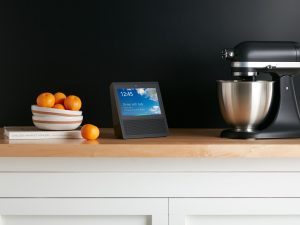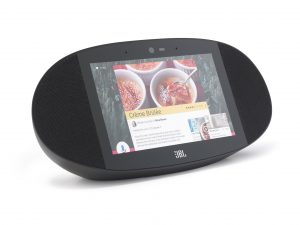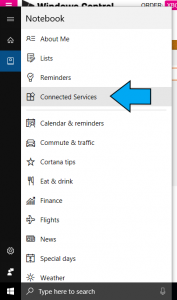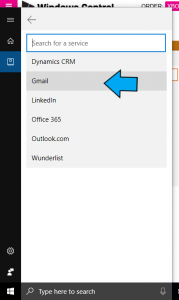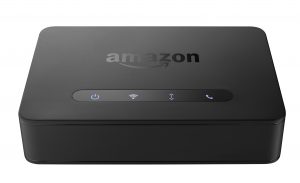You can have Alexa print documents on your HP printer
Articles
HP Voice Printing Now Supports Alexa, Google Assistant & Cortana | Android Headlines
Alexa can now control your HP printer | Engadget
No, you don’t need a voice-controlled printer in your life | The Verge
From the horse’s mouth
HP Printing And PCs
Support Page (Amazon Alexa, Google Home, Microsoft Cortana)
My Comments
You can now ask Amazon Alexa to print “download-to-print” resources or other material through your ePrint-capable HP network printer. This was a feature initially and quietly offered for Google Home and Microsoft Cortana but HP have given it a lot of space on Amazon’s voice-assistant platform due to it becoming the most popular of these platforms.
With all of these platforms, the printing function has to be added on as a Skill through the respective platform’s app store. As well, the printer must be able to support HP ePrint or Web Services printing, which enables printing of various printable resources from various content providers as well as supporting “email-to-print” where you can send a document to a machine-specific email address for it to be printed at that machine.
Infact I have given some space to the HP ePrint ecosystem through reviewing a number of HP printers that have this functionality as well as writing some articles on this subsystem such as implementing it in a public-printing concept.
For this functionality to work with your printer, you have to supply its ePrint email address to the Skill as part of configuring it. Another limitation is that you can only bind one printer to that Skill which can be a limitation with multiple-printer households, especially where you may choose to run an HP Envy 100, Envy 120 or similar machine as a secondary machine kept in the kitchen.
Once this is set up, you could ask Alexa to print out something like an art-therapy colouring page or some ruled paper and your network-capable HP printer will turn these out.
What is still happening is that HP is still showing strong committment to the idea of the home or small-office printer being a highly-capable appliance rather than just a peripheral for a regular computer running a full-blown operating system. This means that the host device shouldn’t need to be dependent on a print driver to suit that particular machine. This committment was demonstrated through HP’s network-capable home printers and MFCs having UPnP Printing, then establishing the ePrint ecosystem with its email-to-print and print-from-the-control-panel functions, and now using your smart speaker to order documents to be printed.
What needs to happen is that other printer manufacturers show a strong committment towards home and small-business printers being able to work as a “printing appliance” rather than just as a computer peripheral.
This includes:
- printing “download-to-print” resource collections hosted by content providers and other organisations or in storage locations on local, network or online storage locations using the printer’s control panel;
- supporting voice-driven home assistant platforms and other control surfaces;
- and running a polished “scan-to-email” and “enail-to-print” ecosystem.
Similarly, having other dedicated-purpose devices like Smart TVs, games consoles and the new crop of smart appliances being able to print to these devices without the need for particular software drivers.
Then it could see these devices become highly capable and as part of the smart-home ecosystem.




